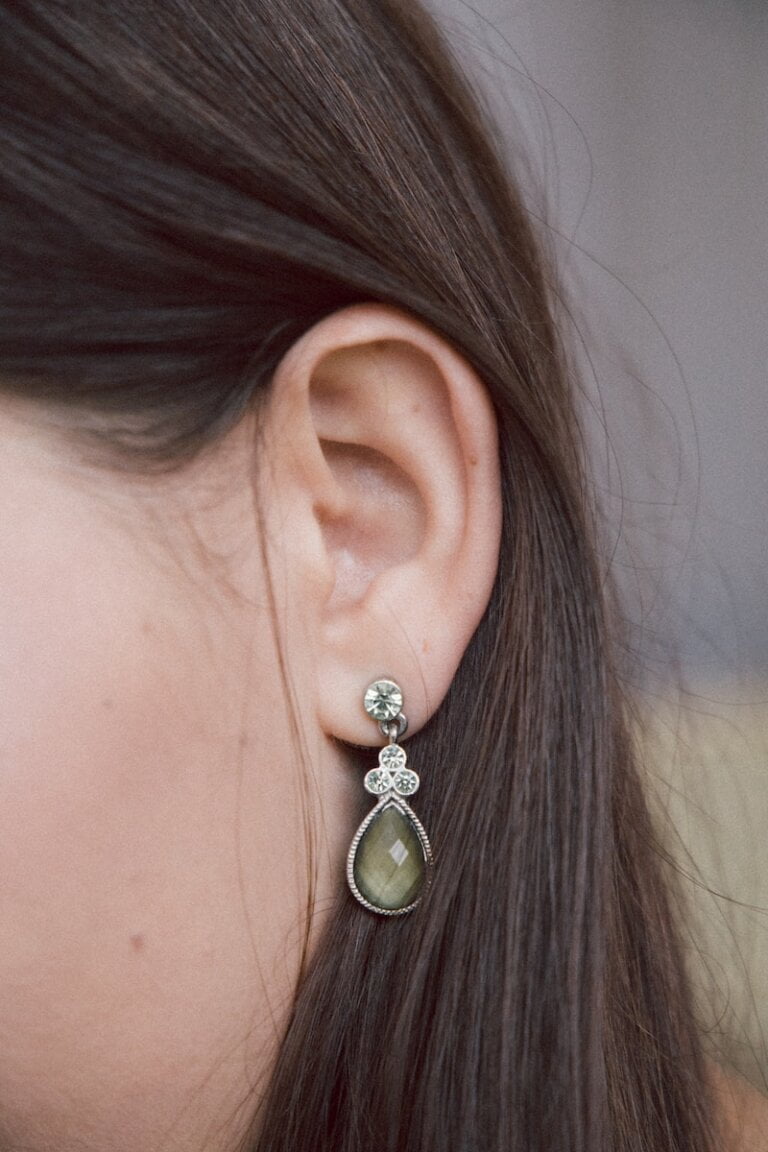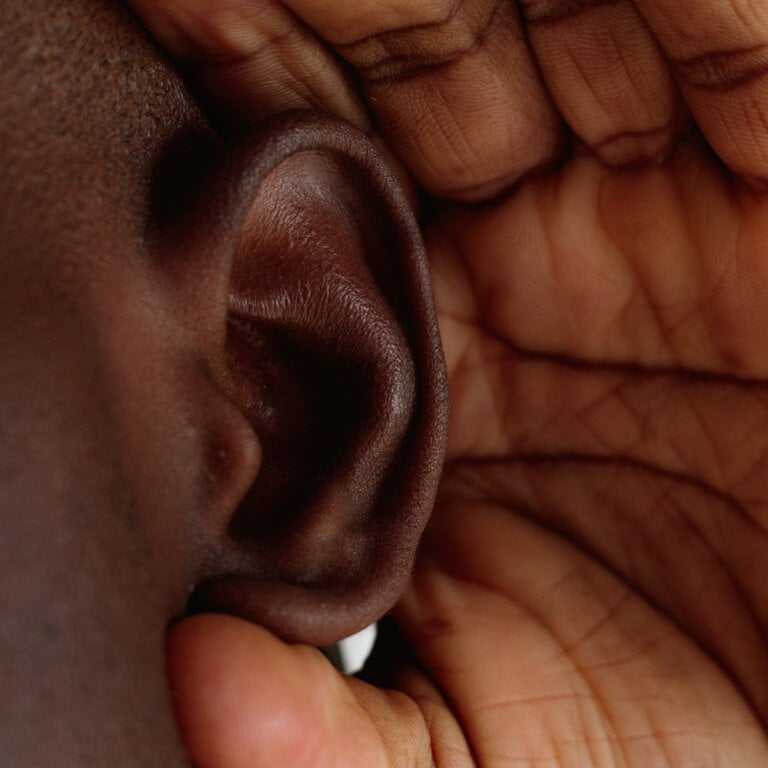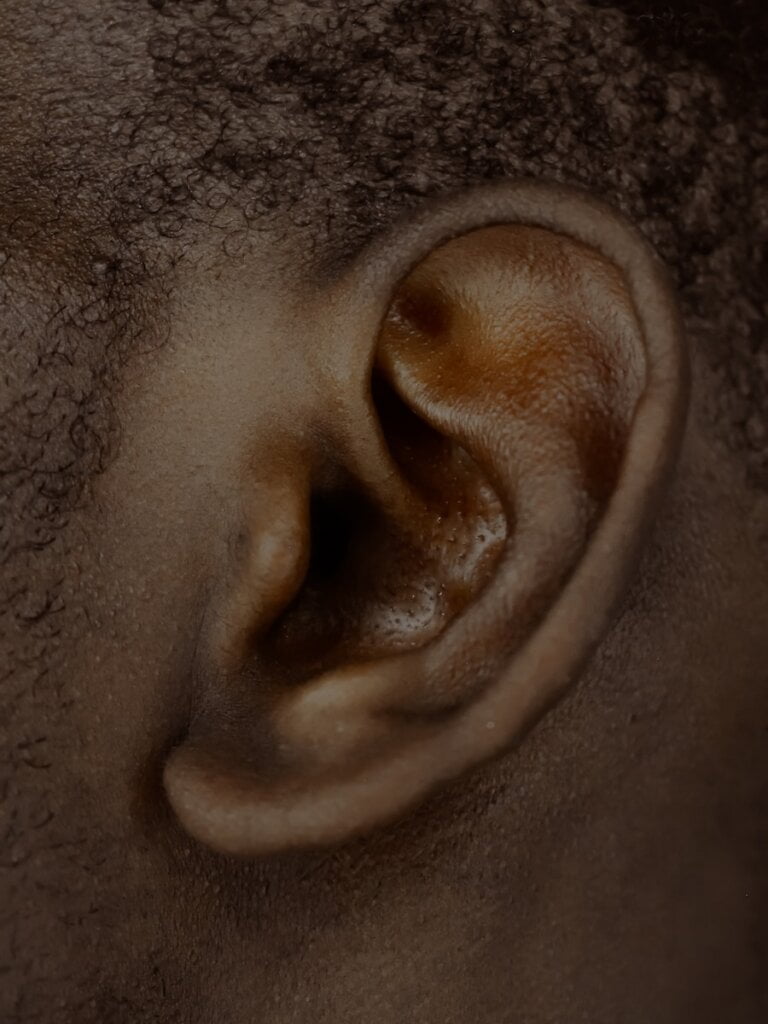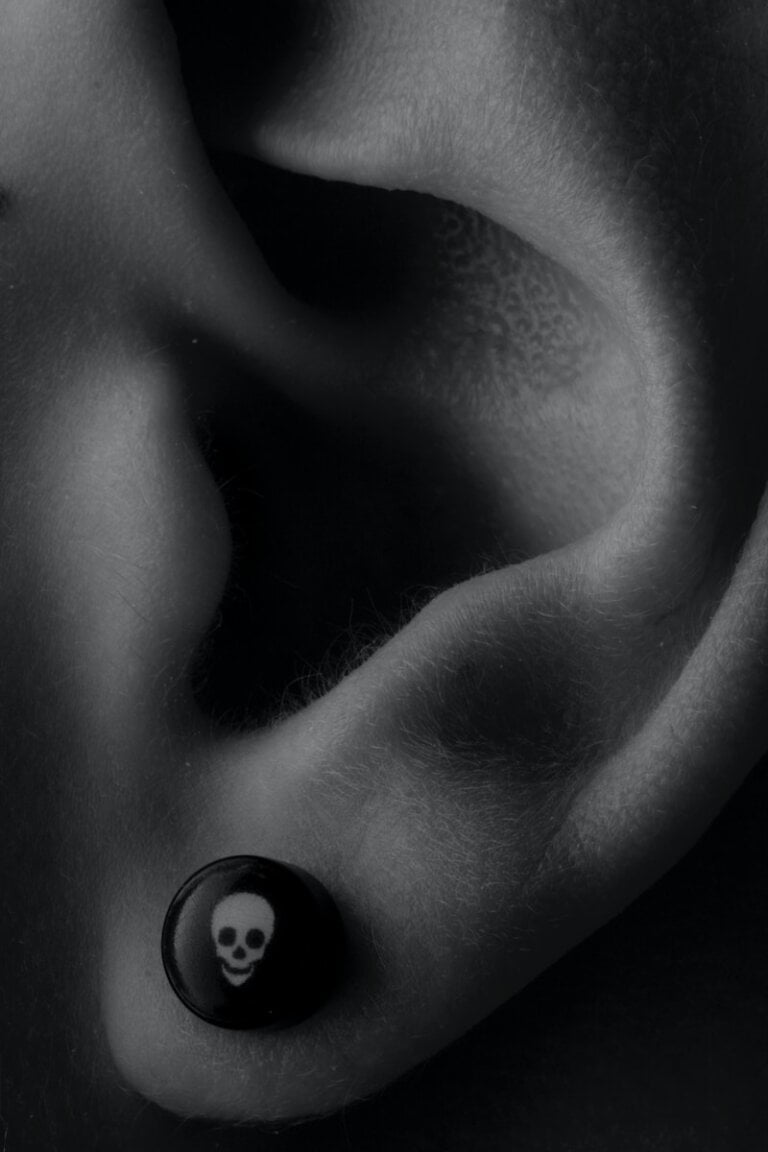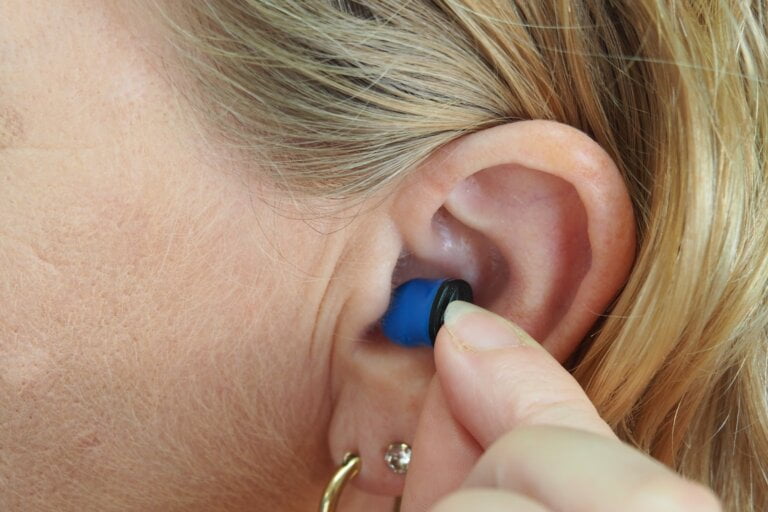Sound Barrier: Selecting and Using Ear Plugs for Noise Reduction
Exposure to excessive noise can have a detrimental effect on our hearing, leading to various health issues. Whether you are constantly exposed to loud environments or seeking a peaceful night’s sleep, using ear plugs can provide effective noise reduction and protect your ears. In this article, we will discuss the importance of selecting and using the right ear plugs for noise reduction.
Understanding the Need for Noise Reduction
Before diving into the various types of ear plugs available, it’s crucial to understand why noise reduction is necessary. Excessive noise exposure can cause temporary or permanent hearing loss, tinnitus (ringing in the ears), stress, and reduced cognitive performance. It can negatively impact your overall well-being, sleep quality, and productivity.
When we are exposed to loud noises for prolonged periods, it can damage the delicate structures inside our ears. The hair cells in the inner ear can be destroyed or damaged, leading to hearing loss. Additionally, excessive noise can overstimulate the auditory system, causing a ringing or buzzing sensation known as tinnitus. This condition can be distressing and affect our ability to concentrate or sleep.
Moreover, studies have shown that exposure to loud noises increases stress levels and can have a negative impact on our mental health. It can lead to irritability, anxiety, and even contribute to the development of conditions such as hypertension and cardiovascular disease. Furthermore, excessive noise can impair cognitive function, making it difficult to focus, remember information, and perform tasks effectively.
To prevent these adverse effects on our health and well-being, it is important to prioritize noise reduction. Using ear plugs is a practical and accessible solution that can significantly reduce the impact of noise on our ears and overall quality of life.
Factors to Consider When Selecting Ear Plugs
When choosing ear plugs for noise reduction, several factors should be taken into account. Here are some key considerations:
1. Noise Reduction Rating (NRR)
The Noise Reduction Rating, or NRR, indicates the ear plug’s effectiveness in reducing noise. It is measured in decibels (dB). The higher the NRR, the greater the noise reduction. Select ear plugs with a higher NRR if you are exposed to extremely loud environments, such as concerts or construction sites.
The NRR value of an ear plug determines how many decibels of noise it can effectively block. For instance, if you are exposed to noise levels of 100 dB and your ear plugs have an NRR of 30 dB, the actual noise reaching your ears will be reduced to 70 dB. It is important to choose ear plugs with an appropriate NRR based on the noise levels you encounter in your environment.
2. Comfort and Fit
Comfort is crucial when wearing ear plugs for extended periods. Look for ear plugs made from soft, hypoallergenic materials that can be comfortably worn for hours. The fit should be snug but not too tight, allowing for proper noise reduction without causing discomfort.
Ear plugs that are too tight can cause pressure and discomfort, making it difficult to wear them for long durations. On the other hand, loose-fitting ear plugs may not provide adequate noise reduction. It is essential to find ear plugs that strike the right balance between comfort and effectiveness.
Consider the shape and size of ear plugs as well. Some ear plugs are designed to fit a variety of ear canal shapes, while others offer customization options. Experiment with different sizes and types of ear plugs to find the most comfortable fit for your ears.
3. Type of Ear Plugs
There are various types of ear plugs available, each with its own advantages and disadvantages. Let’s explore some common types:
a. Foam Ear Plugs
Foam ear plugs are popular due to their affordability and comfort. They are made from memory foam that expands to fit the shape of the ear canal. Foam ear plugs offer excellent noise reduction and are disposable, making them ideal for occasional use.
Foam ear plugs are easy to use and provide a snug fit for most individuals. Their soft and pliable nature allows them to conform to the unique shape of each person’s ear canal, ensuring an effective seal. They are also lightweight and portable, making them convenient to carry around.
b. Silicone Ear Plugs
Silicone ear plugs are reusable and offer a more customizable fit. They are made from soft silicone material that can be molded to fit the unique shape of your ear canal. Silicone ear plugs are durable, easy to clean, and provide effective noise reduction.
Silicone ear plugs are a great option for those who require a more personalized fit. They can be molded and reshaped to match the contours of your ear, ensuring a comfortable and secure seal. Furthermore, silicone ear plugs are durable and long-lasting, making them cost-effective in the long run.
c. Flanged Ear Plugs
Flanged ear plugs are designed with multiple flanges or ridges that create a seal in the ear canal. They are reusable and offer a comfortable fit. Flanged ear plugs are commonly used in industrial settings, shooting ranges, and swimming to provide adequate noise reduction and water protection.
Flanged ear plugs are specifically designed to provide a secure and watertight seal, making them suitable for various environments. The multiple flanges create layers of protection, effectively blocking out noise and preventing water from entering the ear canal. They are also durable and can withstand repeated use.
d. Custom-Fit Ear Plugs
For the best possible fit and maximum noise reduction, custom-fit ear plugs are an excellent option. These ear plugs are made by taking impressions of your ear canal, ensuring a snug and personalized fit. Custom-fit ear plugs are suitable for musicians, frequent flyers, and individuals exposed to consistent high noise levels.
Custom-fit ear plugs offer the highest level of comfort and noise reduction. Since they are tailored to your specific ear canal shape, they provide an optimal seal, minimizing the amount of noise that reaches your ears. They are particularly beneficial for individuals who require prolonged use of ear plugs or work in extremely loud environments.
4. Purpose of Use
Consider the intended use of the ear plugs when making a selection. Are you looking for ear plugs for sleeping, swimming, attending concerts, or working in a noisy environment? Each purpose may require specific features, such as water resistance, better sound quality, or enhanced comfort.
Different situations call for different types of ear plugs. For sleeping, ear plugs with a low-profile design and high comfort level are recommended. These ear plugs should effectively block out background noise without causing discomfort during sleep. On the other hand, swimming ear plugs should have a waterproof design to prevent water from entering the ear canal.
If you are attending concerts or working in loud environments, consider ear plugs that offer both noise reduction and sound clarity. Some ear plugs are designed to attenuate harmful noise levels while allowing you to hear speech and music clearly. This ensures that you can enjoy the experience without damaging your hearing.
Using Ear Plugs for Noise Reduction
Selecting the right ear plugs is only half the battle. Knowing how to properly use them is equally important. Here are some tips for effective ear plug usage:
1. Clean Hands and Ears
Before inserting ear plugs, wash your hands thoroughly to avoid introducing dirt or bacteria into the ear canal. Ensure your ears are clean and dry to promote optimal hygiene.
Maintaining good hygiene is essential when using ear plugs. Clean hands help prevent the transfer of dirt, oils, and bacteria to the ear plugs, reducing the risk of ear infections. Similarly, clean and dry ears ensure that the ear plugs can create a proper seal and maintain their effectiveness.
2. Insertion Technique
Roll or mold the ear plugs according to the manufacturer’s instructions to compress them for insertion. Gently pull the earlobe upward and outward to straighten the ear canal, then insert the ear plug. Allow the ear plug to expand and create a seal.
Proper insertion technique is crucial for achieving a secure and effective fit. By compressing the ear plugs before insertion, you can easily insert them into the ear canal. Rolling or molding the ear plugs also helps to ensure a proper seal, maximizing noise reduction.
When inserting the ear plugs, gently pull the earlobe upward and outward to straighten the ear canal. This allows for easier insertion and helps create an optimal seal. Once inserted, give the ear plugs a few moments to expand and conform to the shape of the ear canal.
3. Proper Fit
Ensure that the ear plugs fit snugly in your ears without causing discomfort. If they feel too loose or tight, adjust or try a different size or type of ear plug. A proper fit will maximize noise reduction and prevent the ear plugs from falling out.
The fit of the ear plugs plays a crucial role in their effectiveness. If the ear plugs are too loose, they may not provide adequate noise reduction or may fall out during use. Conversely, if they are too tight, they can cause discomfort and may not create a proper seal.
Experiment with different sizes and types of ear plugs to find the right fit for your ears. Some ear plugs come in multiple sizes, allowing you to choose the one that provides the most secure and comfortable fit. Remember, a proper fit ensures optimal noise reduction and ear protection.
4. Maintenance and Replacement
Regularly clean reusable ear plugs according to the manufacturer’s instructions to prolong their lifespan and maintain hygiene. Replace disposable ear plugs after each use or when they become dirty or damaged.
To maximize the lifespan of reusable ear plugs, it is important to clean them regularly. Follow the manufacturer’s instructions on cleaning and maintenance procedures to ensure proper hygiene and functionality. Cleaning reusable ear plugs typically involves gentle washing with mild soap and water or using specialized cleaning solutions.
Disposable ear plugs, on the other hand, should be replaced after each use or when they become dirty or damaged. Using disposable ear plugs beyond their recommended usage can compromise their effectiveness and hygiene.
Conclusion
Protecting our hearing is crucial in today’s noisy world, and ear plugs serve as an effective sound barrier. By considering factors such as NRR, comfort, type, and purpose of use, you can select the most suitable ear plugs for your needs. Remember to follow proper insertion techniques and maintenance for optimal noise reduction and ear protection. Invest in your hearing health by embracing the use of ear plugs as a valuable tool for noise reduction.
Note: This article is intended for informational purposes only and should not be considered as medical advice. If you have any concerns about your hearing or ear health, consult a healthcare professional.
FAQ
1. Why is noise reduction important for our health and well-being?
Exposure to excessive noise can lead to hearing loss, tinnitus, stress, reduced cognitive performance, and other health issues. Noise reduction helps protect our ears and improve our overall quality of life.
2. What is the Noise Reduction Rating (NRR) and why is it important?
The Noise Reduction Rating (NRR) measures the effectiveness of ear plugs in reducing noise. A higher NRR indicates greater noise reduction. It is important to choose ear plugs with an appropriate NRR based on the noise levels in your environment.
3. What factors should be considered when selecting ear plugs?
Some factors to consider when selecting ear plugs are the comfort and fit, type of ear plugs, and the purpose of use. Comfortable ear plugs made from soft materials that fit well are recommended. Different types of ear plugs, such as foam, silicone, flanged, and custom-fit, offer different advantages. The purpose of use, such as sleeping, swimming, or attending concerts, may also influence the choice of ear plugs.
4. How should ear plugs be properly used?
To properly use ear plugs, ensure clean hands and ears before insertion. Follow the manufacturer’s instructions to compress and insert the ear plugs. Adjust the fit to ensure they are snug without causing discomfort. Regularly clean reusable ear plugs and replace disposable ones after use or when dirty or damaged.


